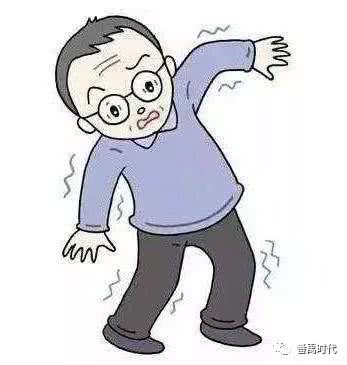How to recuperate hypotension shock pneumonia

Hypotension is not a direct cause of shock pneumonia, but an accessory factor, but sometimes it becomes a "trigger" for a chain reaction. Therefore, patients with low blood pressure, middle-aged and chronic bronchitis, emphysema and heart disease should also do a good job of hypotension and lung disease, heart disease recuperation. Because shock pneumonia occurs more than 40 years old, known as chronic bronchitis, emphysema, heart disease patients.
Shock pneumonia over the age of 40 accounted for 3/4 of the cases of shock pneumonia, and most of them developed serious diseases in patients with hypotension, chronic lung disease and heart disease. If you often get up in the morning without energy, concentration, tiredness, dizziness, tinnitus, and loss of appetite, there may be hypotension, which should be diagnosed by a doctor in time. If there is only hypotension, there is no need for treatment. but take care of yourself in life.
If there are still chronic diseases such as chronic lung diseases, it is necessary to actively treat chronic diseases and hypotension on the basis of life recuperation, otherwise they may affect each other and become a serious disease of shock pneumonia one day. In order to regulate hypotension in daily life, it is necessary to strengthen it in many aspects, such as daily life, nutrition, exercise and so on. And ask the family to prepare a sphygmomanometer, often measure blood pressure, pay attention to blood pressure changes.
Combination of work and rest, good rest, is the primary element of patients with hypotension, if overwork, not enough sleep, will reduce blood pressure. To establish a set of regular and orderly living habits, do not overwork, stay up late, should pay attention to sleep when the pillow is not too low, often take a hot bath, can strengthen blood circulation, improve hypotension symptoms, bath water temperature should be maintained at about 43 ℃, the time should be 3 minutes after a rest, after a bath full rest.
In daily life, do not get up suddenly when getting up, dress in step with the ambient temperature, if wearing a tie, do not be too tight, wear less high collar and too tight clothes, so as not to oppress the carotid sinus, causing a sudden drop in blood pressure and fainting. Do not stay in the muggy environment for a long time, otherwise it is easy to dilate blood vessels and decrease blood pressure, to avoid standing for a long time, suddenly change your posture, and when you bow your head to pick up things, you should not bow your head directly, but should squat first, and then stand up slowly when you get up.
Nutrition is very important for hypotension, if insufficient nutrition, blood pressure will be lower, long-term adhere to strengthen nutrition, help blood pressure return to normal, discomfort symptoms disappear. Should eat more ginger, longan, red jujube, walnut, ginseng, Schisandra, yam, lily, honey and other nourishing food, help to improve hypotension. Eat less antihypertensive food, do not often eat celery, wax gourd, mung beans, Hawthorn, balsam pear, onions, radish, kelp and other antihypertensive diuretic food. Slightly increase salt in the body, can increase blood pressure, hypotension patients daily intake of about 12 grams of salt, can improve hypotension symptoms.
Regular exercise can regulate the nervous system, enhance vascular function, and improve the symptoms of hypotension. If patients with postural hypotension, there should be a choice in sports, do not choose to stand for a long time and posture changes too much sports. For patients with chronic diseases such as chronic lung disease, physical examination should be carried out before the establishment of sports items, combined with chronic diseases, and it is best to carry out project selection and exercise under the guidance of doctors and health care professionals.
- Prev

Skill | cut 1 long-lived crab claw orchid in autumn. One tree blossoms into a waterfall with five colors.
As soon as autumn comes, many flower friends like to toss about their own flowers, in addition to cuttings, of course, everyone's favorite is grafting! In particular, to see a tree with colorful flowers, it is really a very fulfilling thing! So.
- Next

She grows vegetables like flowers and makes a beautiful family.
"I don't want my garden to look like a vegetable field, but rather it looks like a garden. & nbsp;-- & nbsp;Alys fowler in the warm sun, bright lettuce, hanging peas, red strawberries, inlaid with several of them.
Related
- Wuhan Hospital Iron Tree Blooming Result Was Instantly Frightened by the Gardener Master
- Which variety of camellia is the most fragrant and best? Which one do you like best?
- What is the small blue coat, the breeding methods and matters needing attention of the succulent plant
- Dormancy time and maintenance management of succulent plants during dormancy
- Minas succulent how to raise, Minas succulent plant pictures
- What are the varieties of winter succulent plants
- How to raise succulent plants in twelve rolls? let's take a look at some experience of breeding twelve rolls.
- Attention should be paid to water control for succulent plants during dormant period (winter and summer)
- Watering experience of twelve rolls of succulent plants
- Techniques for fertilizing succulent plants. An article will let you know how to fertilize succulent plants.

